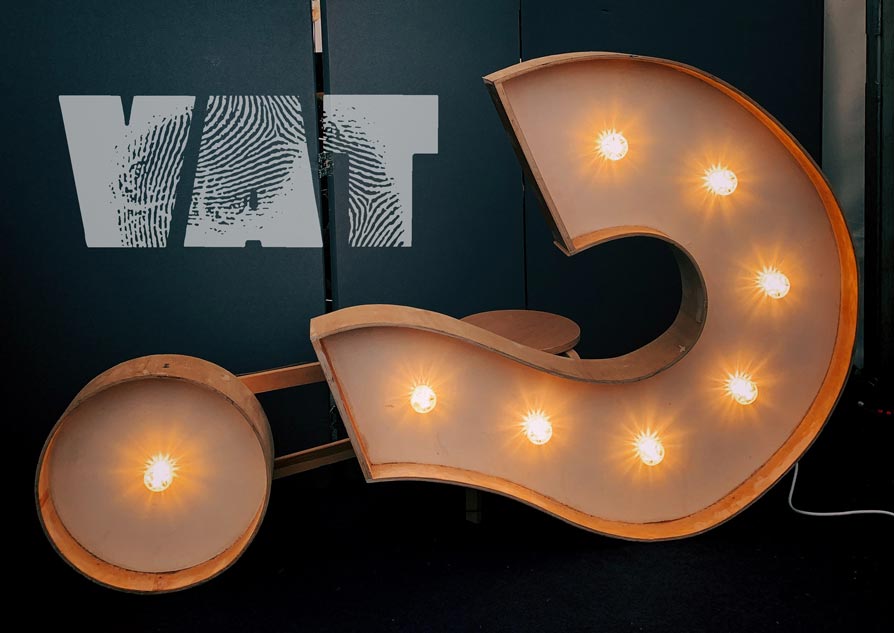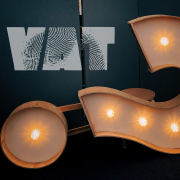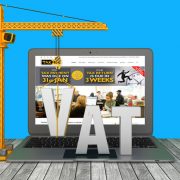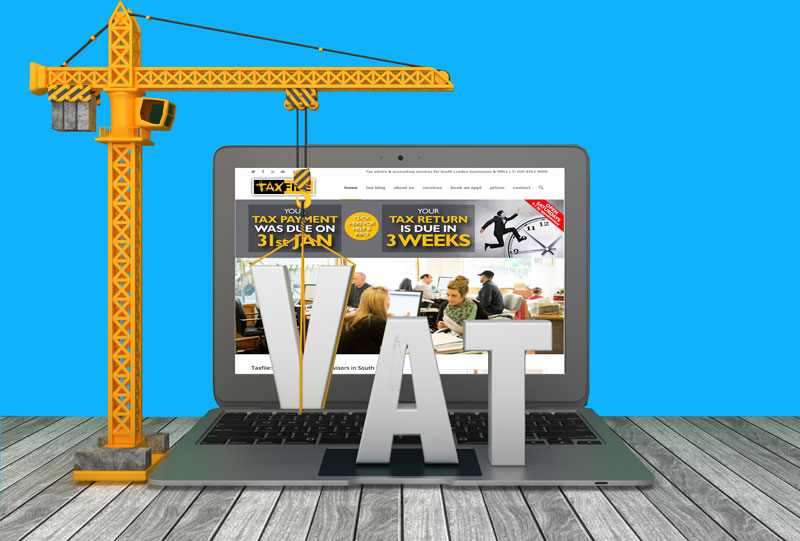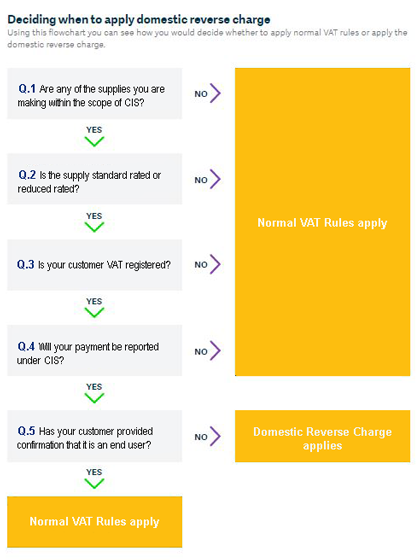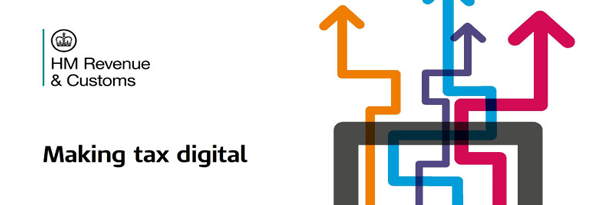Using Standard VAT Accounting, we must complete four VAT returns each year. Any VAT due is payable quarterly, and any VAT refunds due are also repayable quarterly.
In contrast to standard VAT accounting, there are several alternative ways we can account for VAT that could save us time and money. Each of the schemes has advantages and disadvantages.
Among these schemes we can mention the following:
Annual accounting for VAT
Using this method, VAT is paid on account throughout the year in nine monthly or three quarterly instalments. These instalments are based on the VAT paid in the previous year. If the business has been trading for less than a year, the instalments are based on an estimate of the VAT liability.
Advantages:
•we only have to send a VAT return once a year
•reduces the amount of time spent in sorting out paperwork
• improves the cash flow of the business
Disadvantages:
•this method is not suitable for businesses that regularly reclaim VAT as they would only get one repayment at the end of the year.
• if the turnover of the business decreases, the payments may be higher than under the standard VAT accounting.
Cash accounting for VAT
When using the standard VAT accounting, the VAT is payable when an invoice is issued.
Advantage:
•If we use the cash accounting scheme, we do not need to pay VAT until the customer has paid us.
• it is a beneficial method because it improves the cash flow
• we do not need to pay the VAT if the client never pays us.
Disadvantage:
•we cannot reclaim VAT on purchases until we have paid for them.
The flat rate VAT scheme
The flat rate VAT scheme is designed to help small businesses reduce the amount of time they spend accounting for VAT.
Advantage:
• we do not have to calculate the VAT on each and every transaction but just pay a flat rate percentage of the turnover as VAT
Disadvantage:
• one minus using this scheme is that we cannot reclaim VAT on our purchases, especially if we buy a lot of goods and services.
VAT schemes for retailers
Retailers, especially those who sell a high volume of low value goods to the general public, can find it very time consuming and costly to issue VAT invoices for every sale. The VAT retail schemes enable retailers to aggregate their sales and account for VAT on the total.
The main retail schemes are: apportionment schemes, direct calculation schemes and the point of sale scheme.
Margin schemes for second-hand goods, art, antiques, collectibles
The VAT we can recover when buying and selling second-hand goods is quite limited.
Advantage:
•This scheme comes in handy because it calculates the VAT on the difference between the purchase price and the sale price , that is the margin.
•Disadvantage:
•we need to keep very detailed records, otherwise we will be liable for VAT on the full selling price.
Tour operators’ margin scheme
Tour operators often buy goods and services from businesses in foreign countries, and cannot often reclaim their input tax. The Tour Operators’ Margin Scheme solves this problem by allowing tour operators to calculate the VAT on just the value that they add.
As every method comes with pros and cons, it is better to seek guidance from tax accountants like Taxfile in South London and Exeter to analyse your circumstances and tell you which scheme suits you best.
